Features and Insights
Explore insights on solutions, case studies, best practices, and innovations addressing development challenges facing countries across Southeast Asia.
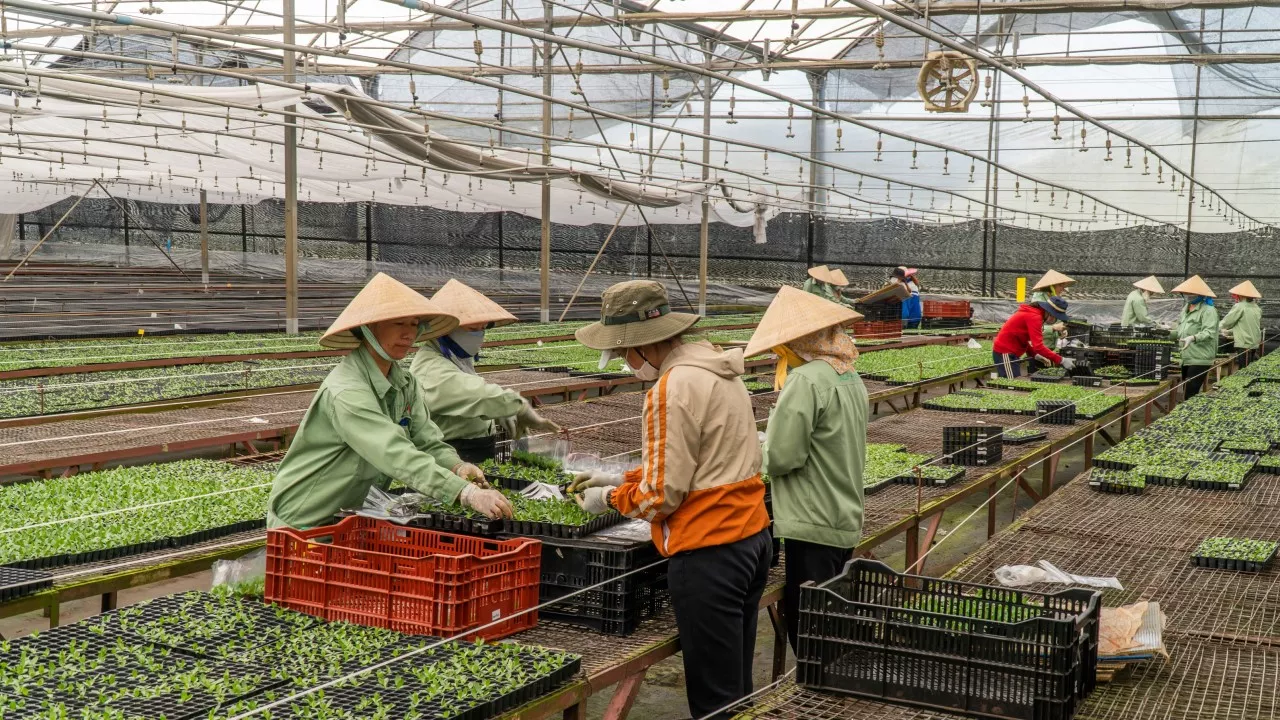
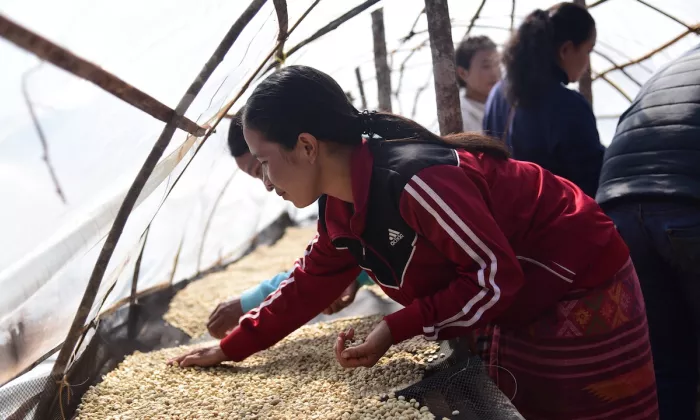
EU-funded project helps women thrive as equal participants in the coffee sector and beyond.
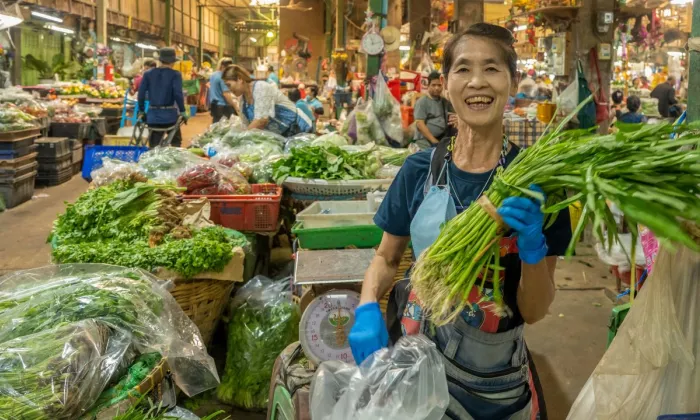
Women play an important role in driving inclusive low-carbon development.

Sustaining growth and innovation in the digital economy requires a well-balanced regulatory ecosystem.
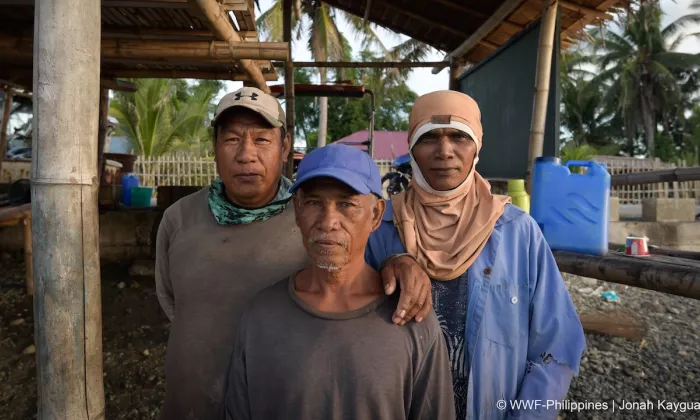
Realizing the need to move beyond mere survival, fishers now making it a priority to ensure the sustainability of marine ecosystems.
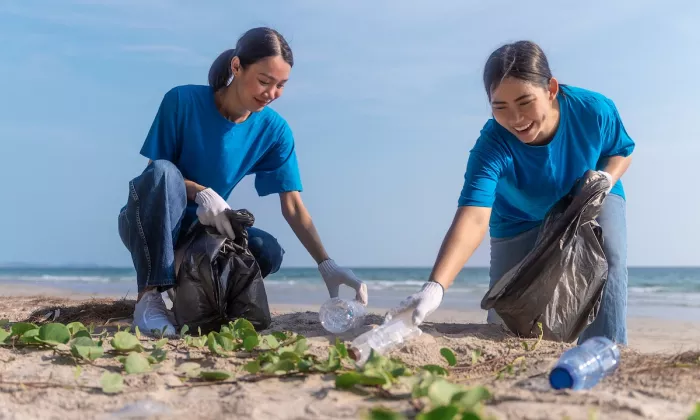
Using economic instruments to influence producer and consumer behavior through the forces of supply and demand seen to address plastic pollution.
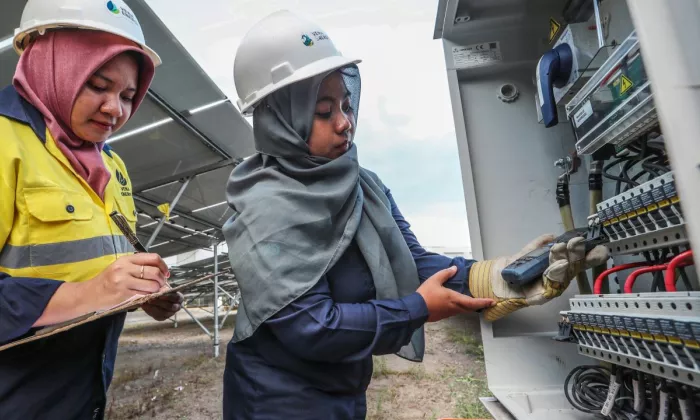
A utility-scale solar project in Indonesia creates job opportunities for women as solar technicians and entrepreneurs.